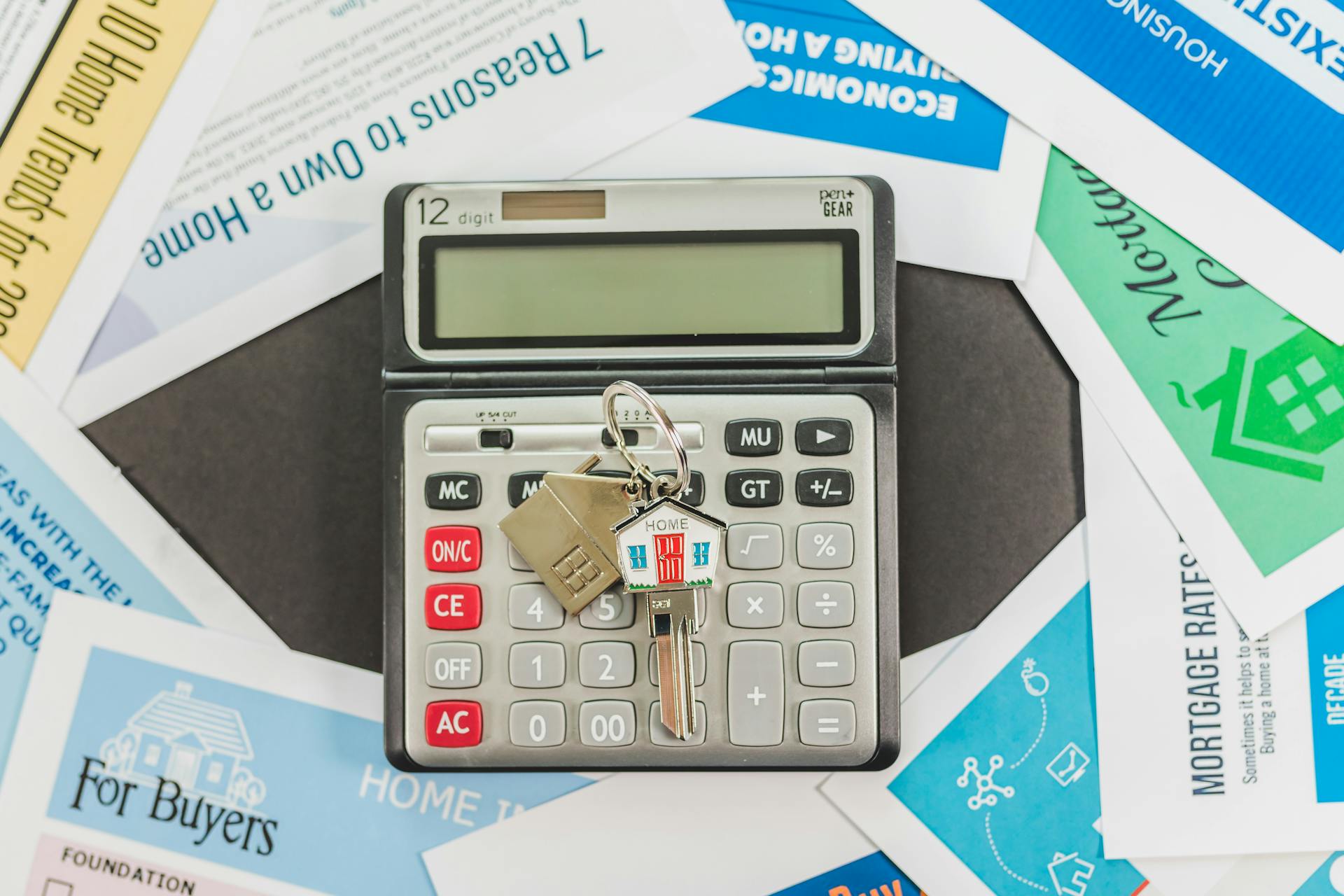
The subsidized Stafford Loan interest rate is a crucial factor to consider when borrowing for college expenses. For the 2022-2023 school year, the maximum interest rate is 4.99%.
The interest rate is fixed for the life of the loan, so you don't have to worry about it increasing over time.
To qualify for a subsidized Stafford Loan, you must be an undergraduate student and demonstrate financial need.
You might enjoy: Stafford Student Loan Application
What Is a Stafford Loan?
A Stafford loan is a type of federal student loan offered by the US Department of Education. Direct Stafford loans are available to undergraduate, graduate, and professional students who are enrolled at least half-time at a qualifying school.
These loans provide students with a six-month grace period before repayment needs to start. Once your student graduates or falls below half-time, their first payment on a federal loan will be expected six months later.
There are two kinds of federal Direct Stafford loans: subsidized and unsubsidized. The main difference between them is the interest rate, which is determined by the disbursement date.
The interest rate on each Stafford loan is fixed for the life of the loan, but the rate may change each year based on the disbursement date. For example, for disbursements on or after July 1, 2022, and before July 1, 2023, the interest rates are:
To apply for a Stafford loan, your student simply needs to complete their Free Application for Federal Student Aid (FAFSA).
Curious to learn more? Check out: Federal Student Loan Consolidation Interest Rate
Stafford Loan Details

The interest rate on Stafford loans is assigned based on the disbursement date, so your student may end up with different interest rates each year.
For disbursements on or after July 1, 2022, and before July 1, 2023, the interest rates are 4.99% for subsidized loans and 4.99% for undergraduate unsubsidized loans, while graduate and professional students have an interest rate of 6.54%.
The US Department of Education sets the interest rates and reassesses them every year, with the lowest subsidized Stafford loan interest rate being 3.4% for July 1, 2011, through June 30, 2013, and the highest being 6.0% for July 1, 2008, through June 30, 2009.
Here's a breakdown of the interest rates for subsidized and unsubsidized loans:
Stafford Fees
Stafford loans come with a loan fee that's deducted proportionately from each disbursement.
The loan fee is based on a percentage of the loan amount and is 1.057% for disbursement dates on or after October 1, 2020, and before October 1, 2023.

If your student is awarded a Stafford loan, the loan fee reduces the amount their school receives.
For example, if your student is awarded $5,500 in Stafford loans, the loan fee is $58.14.
This fee is divided between disbursements and removed before the money is sent to the school.
If your student takes two semesters, they'll have two loan disbursements, making each disbursement $2,750.
However, before the money is sent to the school, half of the fee, or $29.07, is removed from the disbursement amount.
The college actually receives $2,720.93.
Explore further: Stafford Subsidized Loan Forgiveness
Subsidized vs Unsubsidized
Subsidized Stafford loans have an interest rate of 4.99% for loans disbursed on or after July 1, 2022, and before July 1, 2023.
The interest rate on subsidized loans is fixed for the life of the loan, but your student may end up with different interest rates each year due to the disbursement date.
The government covers a portion of the interest on subsidized loans while you're enrolled in school, during your grace period, and if your loans are in deferment.
You should ideally max out subsidized loans first since the government covers a portion of the interest.
Here's a breakdown of the interest rates for subsidized and unsubsidized loans over the past few years:
The US Department of Education sets the interest rates and reassesses them every year, so it's essential to check the current rates when planning for your education expenses.
Key Similarities Between
The amount you can borrow in subsidized and unsubsidized loans is determined by your school, keeping within federal limits, and is outlined in your financial aid package after submitting your FAFSA.
Your school will offer a financial aid package detailing how much you can borrow in subsidized and unsubsidized loans.
Subsidized and unsubsidized loan interest rates are the same for undergraduates at 5.50% for any loans taken out now.
Graduate students, on the other hand, have a higher interest rate of 7.05% for unsubsidized loans.
The loan fees for subsidized and unsubsidized federal student loans are 1.057% of the aggregate total for any loans taken out now.
A new fee is set each October for any loans taken out in the future.
Take a look at this: What's the Difference between Unsubsidized and Subsidized Loan
Federal Rates and Terms
Federal loan interest rates are determined by different yields each year and fluctuate over time. The interest rate on a Stafford Loan is calculated using a daily interest formula, which is a simple equation that loan servicers use to figure out the amount of interest that has built up on your loan in between monthly payments.
The interest rate on each Stafford loan is assigned based on the disbursement date, and it's fixed for the life of the loan. For disbursements on or after July 1, 2022, and before July 1, 2023, the subsidized Stafford loan interest rate was 4.99%, and the unsubsidized Stafford loan interest rate was 4.99% for undergrads and 6.54% for graduate and professional students.
Undergraduate borrowers who qualify for subsidized loans receive an interest subsidy from the federal government, which can lead to major savings on total interest costs. The U.S. Department of Education pays interest on these loans in several instances, including while you're in school, during the 6-month grace period after graduating or leaving school, and during periods of deferment.
Rates and Terms

Federal student loan interest rates have been increasing over the past few years, with a maximum limit of 8.25% for Direct Subsidized and Unsubsidized Loans for undergraduate students.
The interest rate on each Stafford loan is assigned based on the disbursement date, which means your student may end up with different interest rates each year.
You can find the current federal student loan interest rates on the StudentAid.gov website, which are set by the Higher Education Act of 1965 (HEA) using a formula based on the high yield of the 10-year Treasury notes.
Here are the current federal student loan interest rates for loans disbursed on or after July 1, 2024, and before July 1, 2025:
Federal student loan interest rates have been increasing over the past few years, with a maximum limit of 8.25% for Direct Subsidized and Unsubsidized Loans for undergraduate students.
The interest rate on each Stafford loan is assigned based on the disbursement date, which means your student may end up with different interest rates each year.
You can find the current federal student loan interest rates on the StudentAid.gov website, which are set by the Higher Education Act of 1965 (HEA) using a formula based on the high yield of the 10-year Treasury notes.
Here are the current federal student loan interest rates for loans disbursed on or after July 1, 2024, and before July 1, 2025:
Subsidized loans offer a major perk: the U.S. Department of Education pays interest on these loans in several instances, including while you're in school, during the 6-month grace period after graduating or leaving school, and during periods of deferment.
The interest rate on a Stafford Loan is calculated using a daily interest formula, which takes into account the outstanding principal balance, interest rate factor, and number of days since your last payment.
If you qualify, you should ideally max out subsidized loans first since the government covers a portion of the interest while you're enrolled in school, during your grace period, and if your loans are in deferment.
Direct Rate Formula
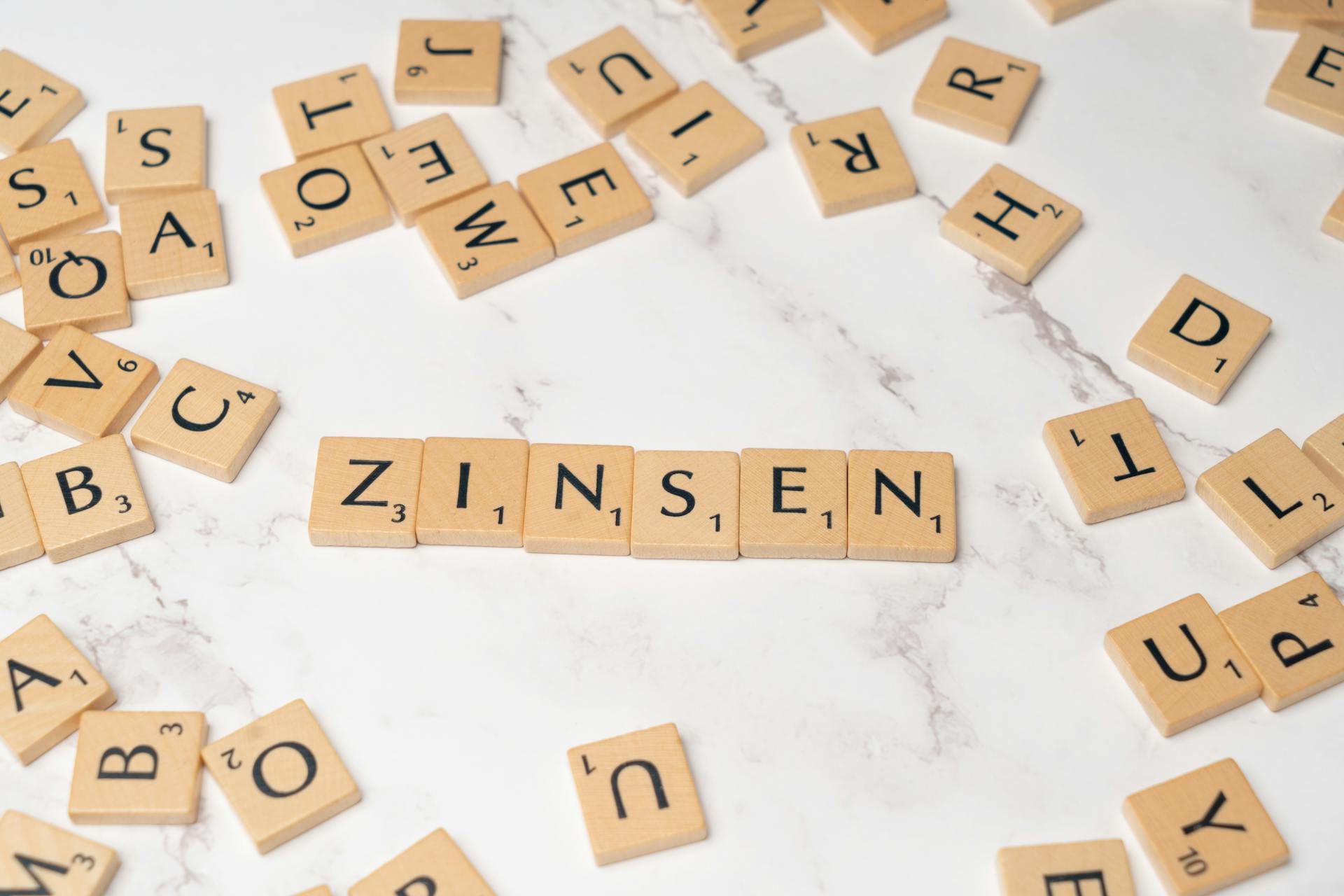
The Direct Rate Formula has undergone significant changes over the years. One notable milestone was in 2021, when interest rates rose to 3.73%.
Interest rates plummeted due to the Coronavirus pandemic and the college enrollment crisis, dropping to a historic low of 2.75% in 2020. This was a significant drop from previous years.
In 2018, interest rates jumped to over 5%, the first time in nearly 10 years. This change affected both subsidized and unsubsidized loans.
Here's a breakdown of the Direct Loan interest rate milestones:
- 2021-2022 through 2024-2025: 3.73% (2021) and 4.99% (2022)
- 2020-2021: 2.75%
- 2018-2019 through 2019-2020: over 5%
- 2013-2014 through 2017-2018: 3-4% (varied)
- 2008-09 through 2011-12: 6.0%, 5.6%, 4.5%, and 3.4% (for subsidized Stafford loans)
- 2006-07: 6.8% (fixed rate for Stafford Loan)
- 1998-99: 80-basis point reduction in in-school/grace and repayment rates on the Stafford Loan
- 1995-96: separate rates established for the Stafford Loan during the in-school and grace periods
- 1994-95: cap on the Stafford Loan changed from 9.0% to 8.25%
- 1992-93: cap on the PLUS Loan changed from 12.0% to 10.0%
Federal vs. Private
Federal loans generally provide lower interest rates with access to forbearance, deferment, income-driven repayment (IDR) plans and student loan forgiveness programs.
Most federal loans don’t require a credit check, making them an ideal choice for all borrowers.
Private lenders prefer good to excellent credit and a reliable source of income (or a cosigner who meets certain criteria).
You can likely borrow more with a private loan versus a federal loan, but you could end up buried under an unmanageable amount of student loan debt.
Without the assistance from IDR plans and deferment options, you risk defaulting on a private loan.
For more insights, see: How Quickly Would I Get a Direct Subsidized Student Loan
Calculating and Comparing Rates
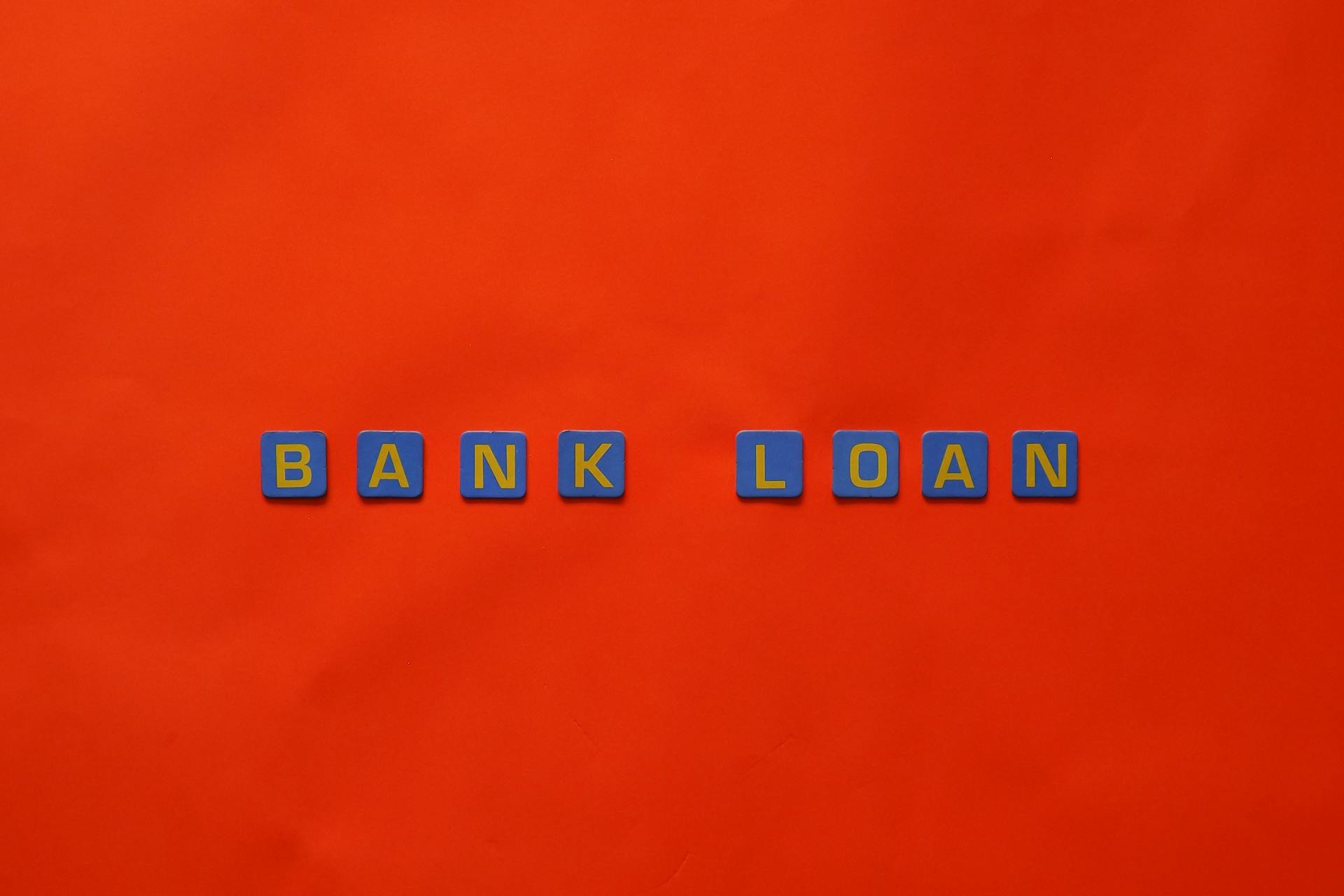
The interest rate on a Stafford Loan is calculated using a daily interest formula, which is a simple equation that multiplies your outstanding principal balance by the interest rate factor and then by the number of days since your most recent payment.
This formula is pretty straightforward, and you can find your loan's interest rate factor by dividing your loan interest rate by the number of days in the year. The interest rate factor is a number that loan servicers use to calculate accrued interest on your loan.
The interest rate for subsidized loans is currently 6.53% for the 2024-25 academic year, and this rate can help you determine how much interest you'll pay over the life of the loan.
For another approach, see: How to Convert Money Factor to Interest Rate
How Is the Stafford Rate Calculated?
The Stafford loan interest rate is calculated using a daily interest formula, which is a simple equation that loan servicers use to figure out the amount of interest that has built up on your loan between payments.

This formula involves multiplying your outstanding principal balance by the interest rate factor, then multiplying that result by the number of days since your last payment.
Your loan's interest rate factor is determined by dividing your loan interest rate by the number of days in the year.
To give you a better idea, let's break down the calculation process. Here's a step-by-step example:
- Multiply your outstanding principal balance by the interest rate factor
- Multiply the result by the number of days since your last payment
- The resulting figure represents the accrued interest on your loan
The interest rate factor is calculated by dividing your loan interest rate by the number of days in the year. For example, if your loan interest rate is 4.99% and there are 365 days in the year, your interest rate factor would be 4.99 ÷ 365 = 0.0136.
Here's a summary of the daily interest formula:
Keep in mind that this is a simplified example, and the actual calculation process may vary depending on your specific loan and loan servicer.
Is It Better to Get
Is It Better to Get Subsidized or Unsubsidized Student Loans?
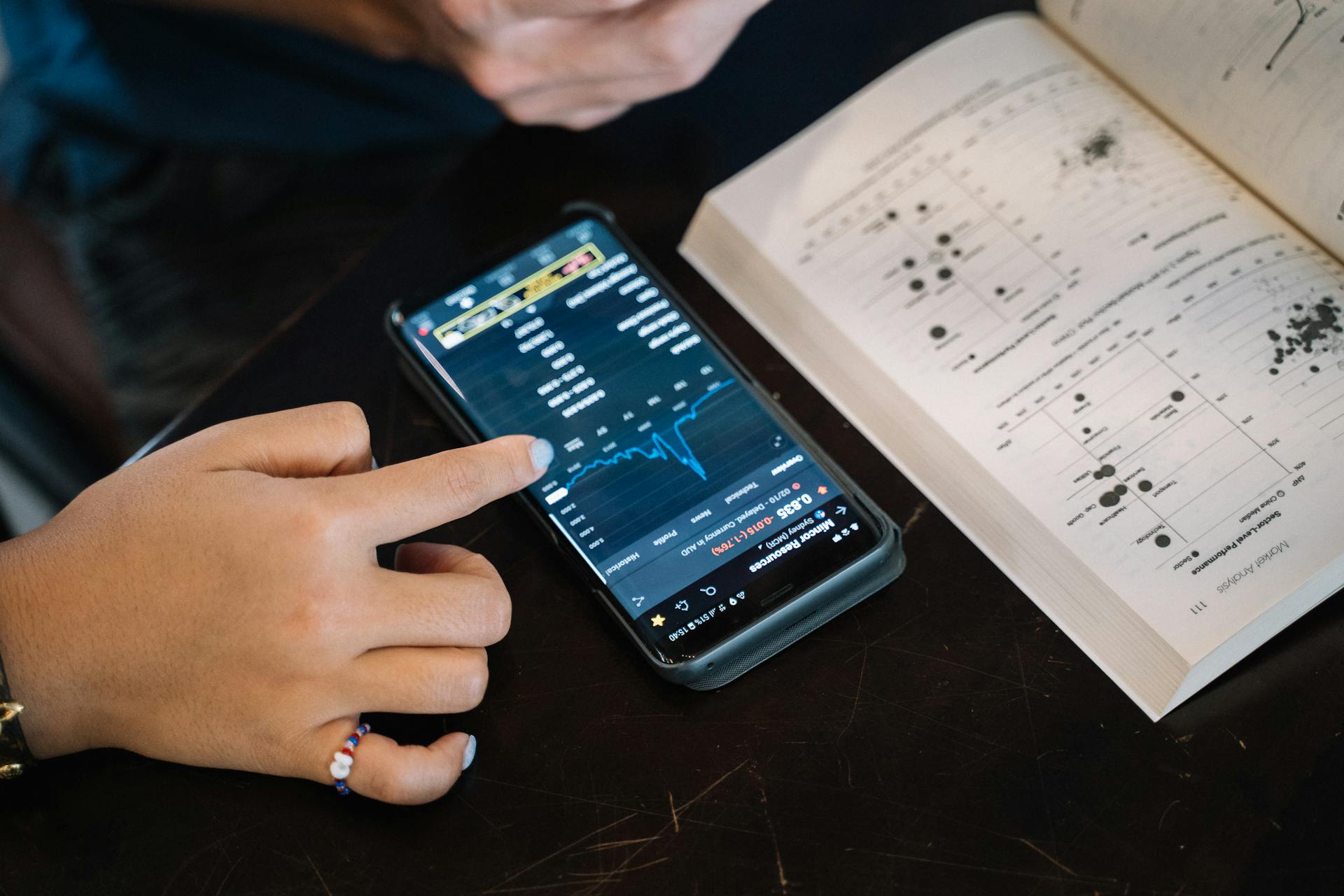
Subsidized loans are typically better than unsubsidized ones since you save more money on interest charges.
The interest rate on subsidized loans is currently 6.53% for the 2024-25 academic year, but the federal government pays the interest while you're in school, during the 6-month grace period after graduating, and during periods of deferment.
If you don't qualify for subsidized loans, a federal direct unsubsidized loan is typically better than a private student loan.
The interest rates for unsubsidized Stafford loans are 4.99% for undergrads, 6.54% for graduate and professional students, and 4.99% for both subsidized and unsubsidized loans for disbursements on or after July 1, 2022, and before July 1, 2023.
Subsidized loans offer a significant interest subsidy, which can lead to major savings on total interest costs, reducing how much you owe when you graduate.
Here's a comparison of the interest rates for subsidized and unsubsidized loans:
Keep in mind that scholarships and grants are always the best option since it's free money you don't need to repay.
Rate Changes and Advice

Federal student loan interest rates change every year, and for the 2024-25 academic year, the rates are as follows: Direct Subsidized and Unsubsidized Loan (undergraduate) at 6.53%, Direct Unsubsidized Loan (graduate) at 8.08%, and Direct PLUS Loan at 9.08%.
These rates are set using a formula in the Higher Education Act of 1965 (HEA), which is based on the high yield of the 10-year Treasury notes, plus an added percentage.
If you're an undergraduate student with financial need, you may qualify for a Direct Subsidized Loan, which has an interest rate of 6.53% for the 2024-25 academic year.
The U.S. Department of Education pays interest on these loans in several instances, including while you're in school, during the 6-month grace period after graduating or leaving school, and during periods of deferment.
To give you a better idea of how these rates can impact your loan, here's a comparison of the current rates:
Federal student loan interest rates change every year, and for the 2024-25 academic year, the rates are as follows: Direct Subsidized and Unsubsidized Loan (undergraduate) at 6.53%, Direct Unsubsidized Loan (graduate) at 8.08%, and Direct PLUS Loan at 9.08%.
These rates are set using a formula in the Higher Education Act of 1965 (HEA), which is based on the high yield of the 10-year Treasury notes, plus an added percentage.
If you're an undergraduate student with financial need, you may qualify for a Direct Subsidized Loan, which has an interest rate of 6.53% for the 2024-25 academic year.
The U.S. Department of Education pays interest on these loans in several instances, including while you're in school, during the 6-month grace period after graduating or leaving school, and during periods of deferment.
To give you a better idea of how these rates can impact your loan, here's a comparison of the current rates:
As you can see, the interest rates for graduate students and PLUS loans are significantly higher than for undergraduate students.
Student loan interest rates are rising, going up over two percentage points over the past few years, which means you'll pay more in interest with higher rates.
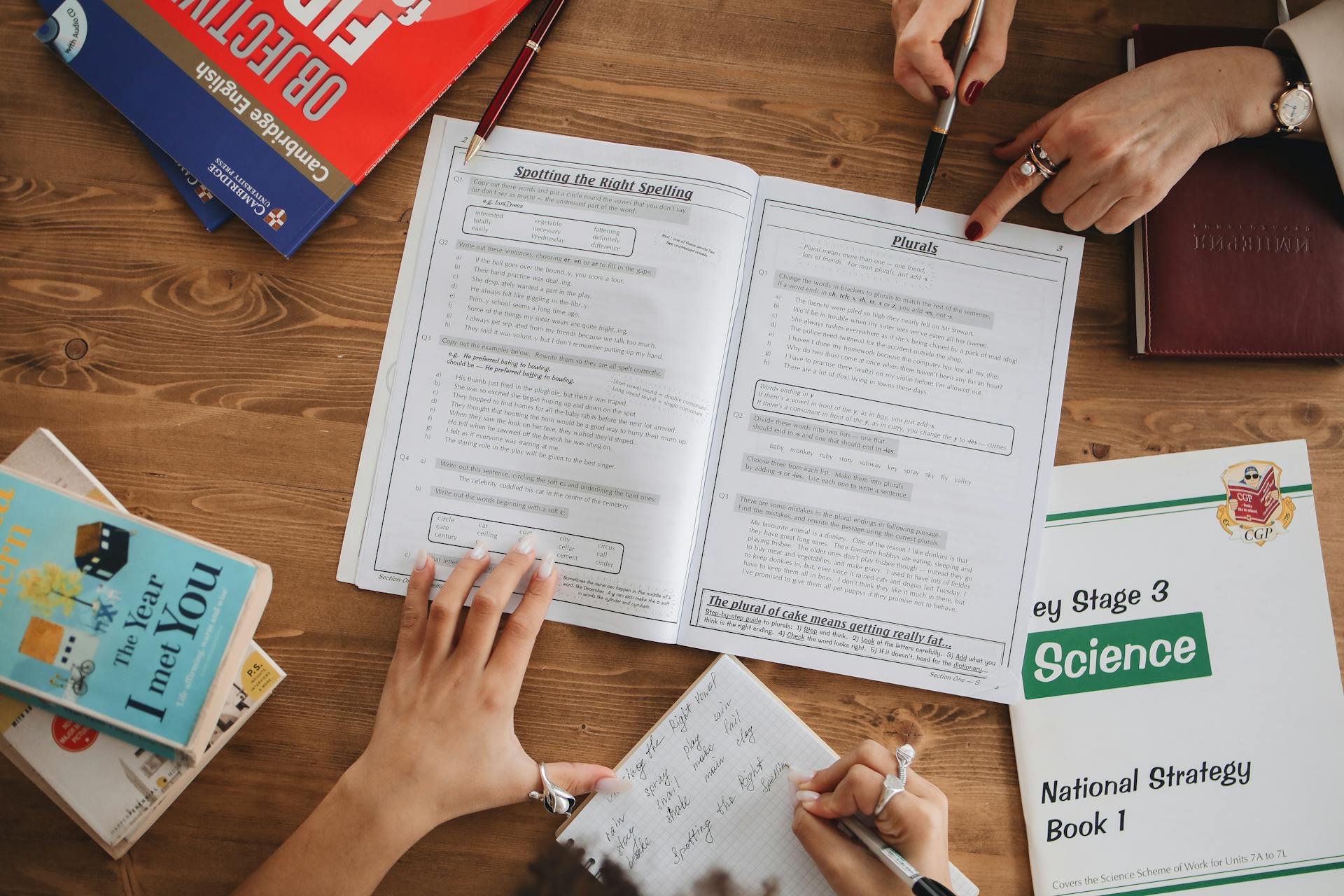
However, it's worth noting that the Federal Reserve has not raised the federal funds rate since July 2023, and the HEA sets a maximum limit for interest rates on federal loans, with a cap of 8.25% for undergraduate students, 9.50% for graduate students, and 10.50% for PLUS loans.
If you're concerned about rising interest rates, consider this: the U.S. Department of Education pays interest on subsidized loans in several instances, which can lead to major savings on total interest costs.
Additional reading: 50 Usd per Hour
Frequently Asked Questions
Which is better, a subsidized or unsubsidized stafford loan?
Subsidized Stafford loans are generally better than unsubsidized ones because the government pays the interest while you're in school, saving you money
Do students taking out a subsidized Stafford loan never have to pay interest?
Students with subsidized Stafford loans don't pay interest while in school, but they may still be responsible for paying interest on the loan after graduation. Learn more about the terms and conditions of subsidized loans.
Sources
- https://thescholarshipsystem.com/blog-for-students-families/what-is-a-stafford-loan-and-what-do-you-need-to-know-about-them/
- https://finaid.org/loans/historicalrates/
- https://www.mos.com/blog/stafford-loan-interest-rate/
- https://www.credible.com/student-loans/hidden-costs-federal-direct-unsubsidized-student-loans
- https://www.lendingtree.com/student/subsidized-vs-unsubsidized-student-loans/
Featured Images: pexels.com


